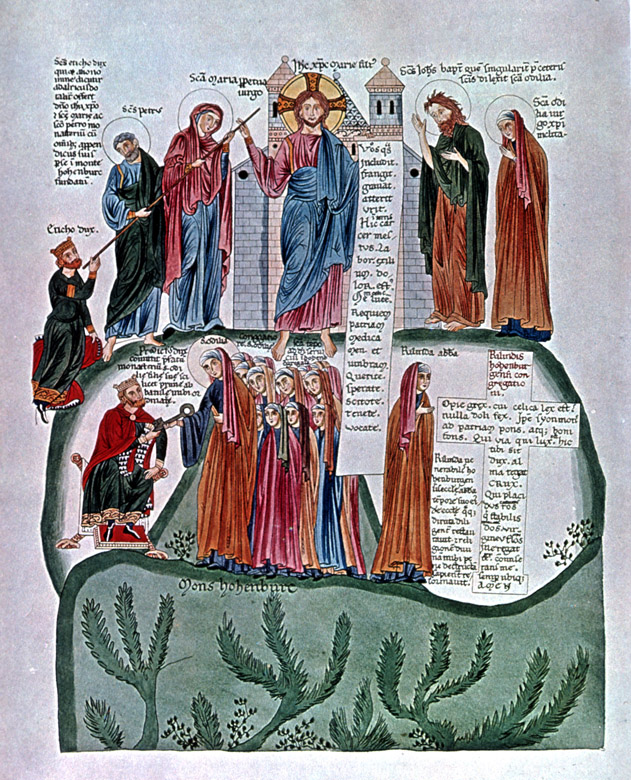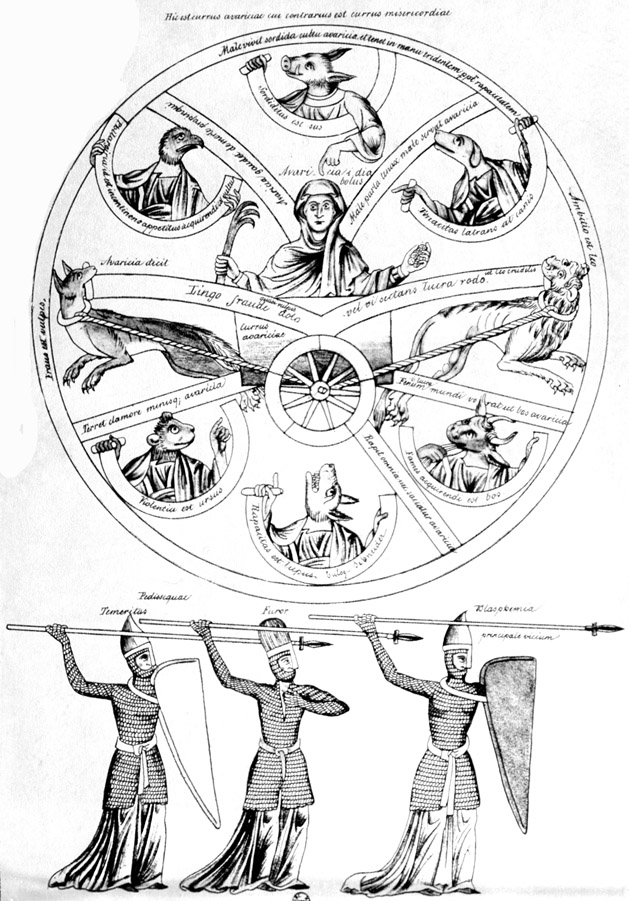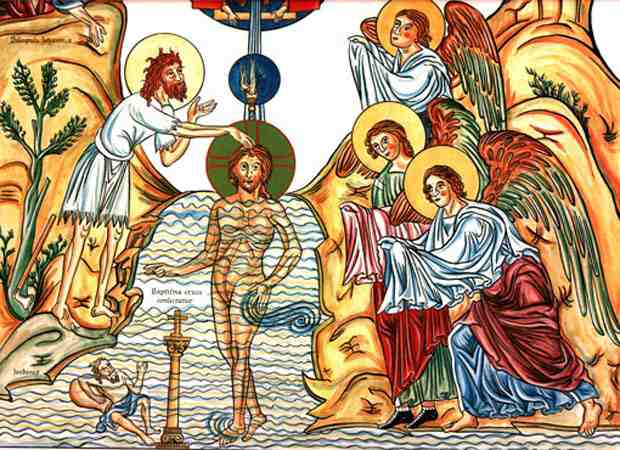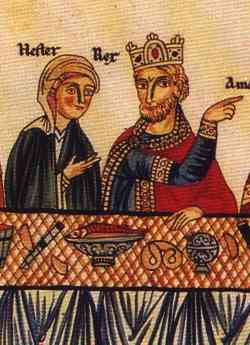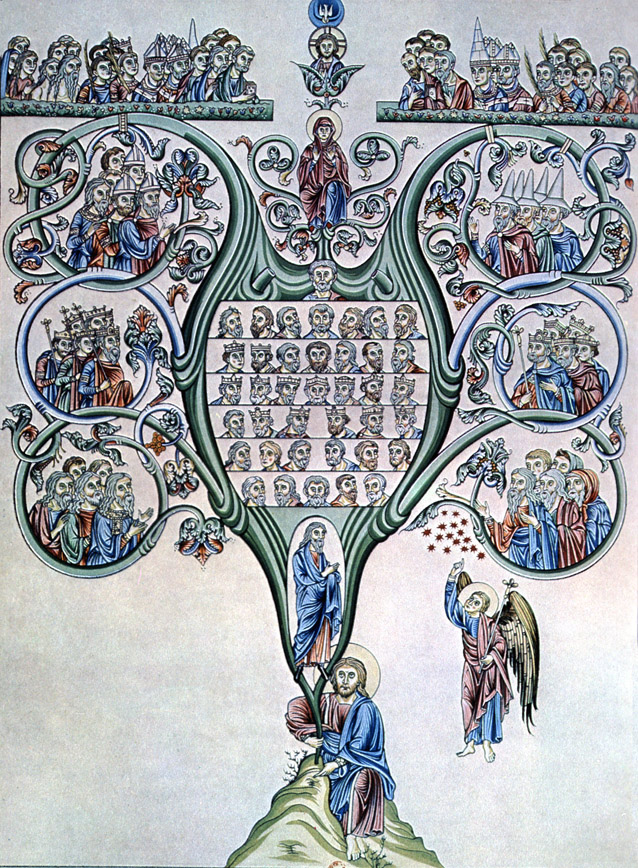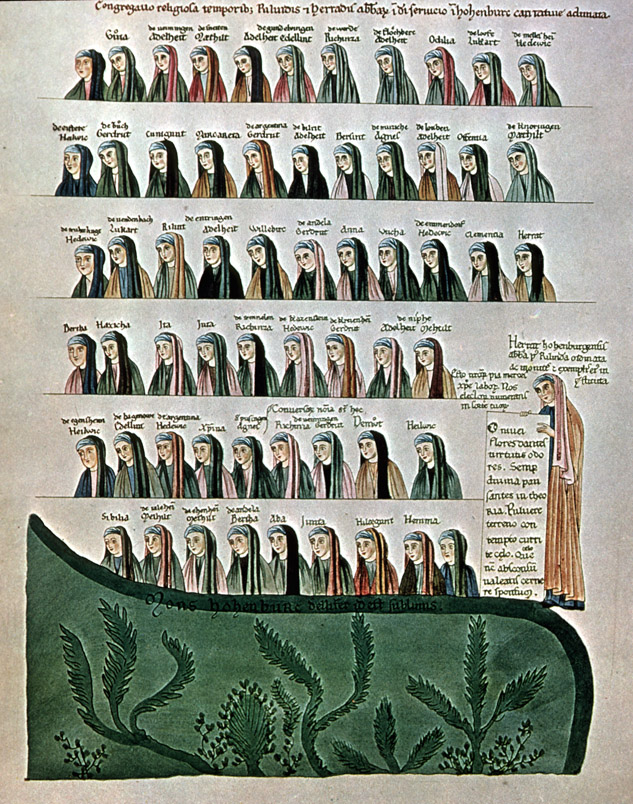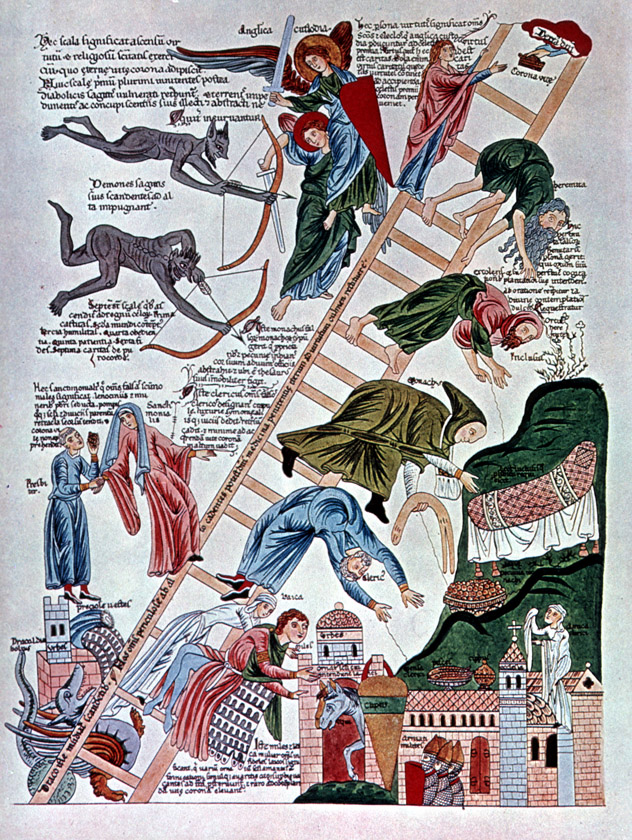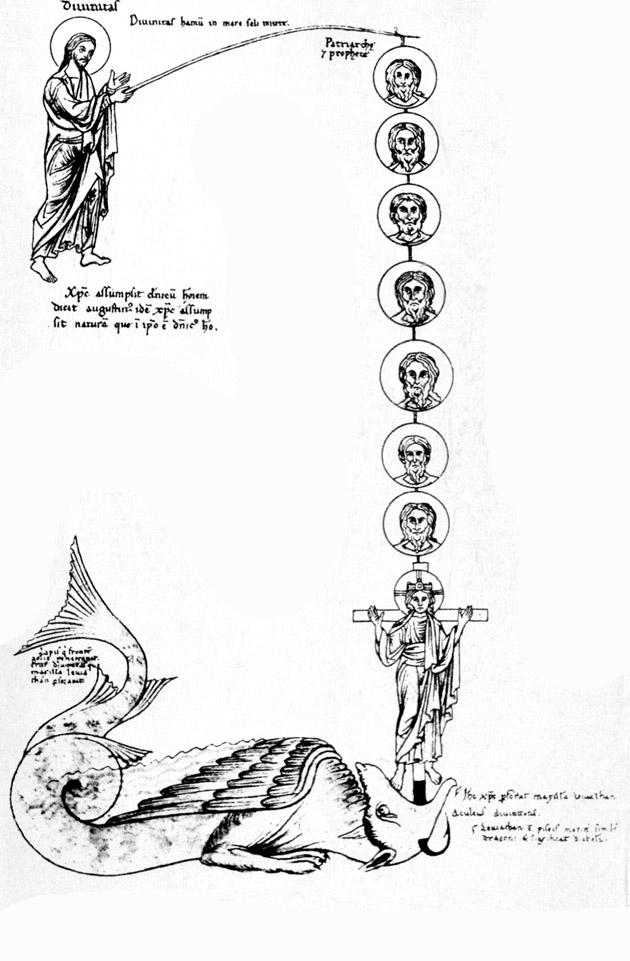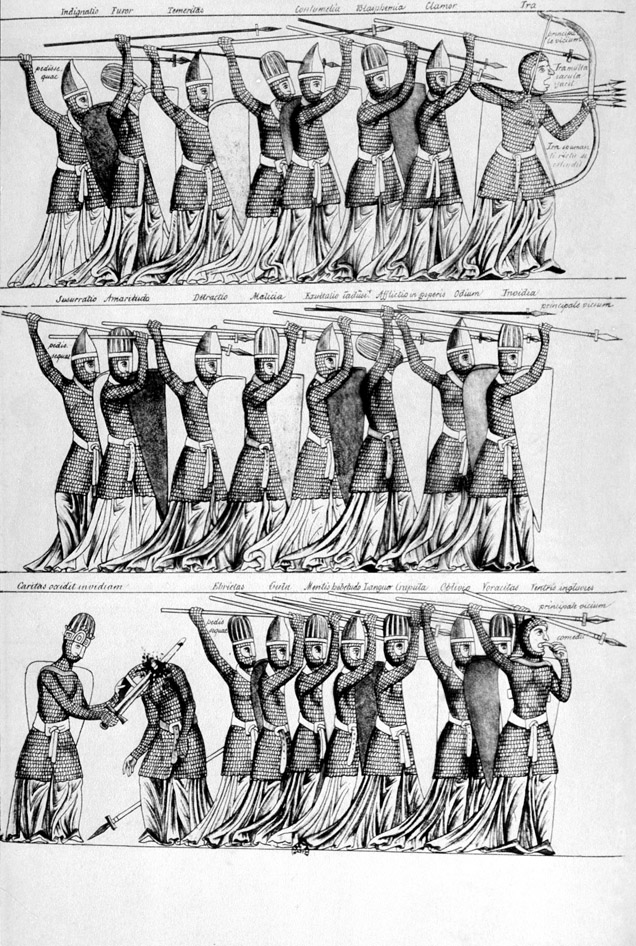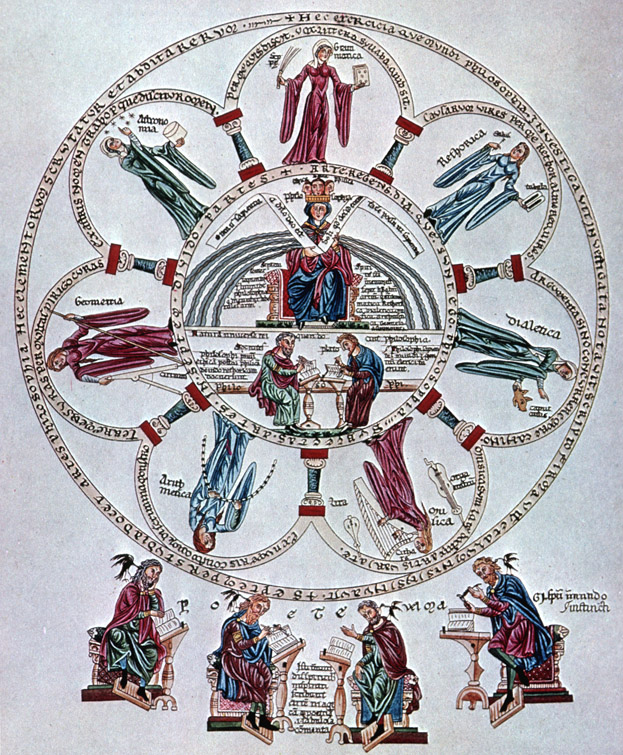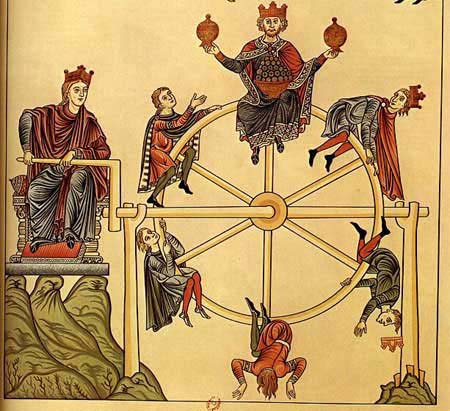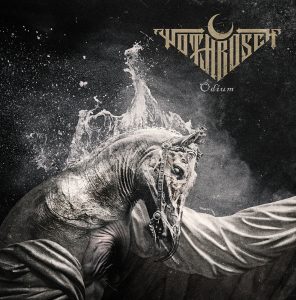Hortus Deliciarum: The Garden Of Delights
The Hortus deliciarum is a medieval, illuminated encyclopedia compiled by Herrad of Landsberg at the Hohenburg Abbey in Alsace. Herrad’s work on the document began in 1167 in her convent (yes Herrad was a woman, of all things). The incredible manuscript was produced as a learning tool for novice nuns as they conducted their training at the institution.
The Hortus deliciarum is written in Latin with some German, it was completed in 1185 and it’s the earliest encyclopedia we know of that was completed by a human of the female persuasion. The book is a compendium of knowledge pulled in from Arab and other classical sources and illuminated with no less than 336 glorious images.
Herrad was an Alsatian nun of noble birth and abbess of Hohenburg Abbey in the Vosges mountains. It’s not known how she was educated in her early life, but she was clearly well read and dedicated to the advancement of knowledge for the women in her care.
Herrad is considered an early hero in the struggle to get education for women. In medieval Europe the image of womankind was either Virgin Mary-like or that of an evil seductive temptress. So to see a woman pulling together knowledge and producing it in a format for other women to enjoy was probably pretty rare. Women were not afforded the opportunity to go to university and the convent was the only place they could be taught skills and knowledge in a safe environment.
As abbess Herrad was seen as a guide to the young women, a protector and an educator. She was obviously bright and intelligent with no illusions about the contradictory nature of life as a woman:
…despise the world, despise nothing; despise thyself, despise despising thyself.
The Hortus deliciarum contains poems written by Herrad, most of which are accompanied by music. Tragically, in 1870, the museum in Strasbourg that housed the manuscript was bombed during a siege and the book was destroyed. Thankfully much of the book had been reproduced elsewhere so it’s still possible to piece the majority of it together. Here’s an excerpt from the introduction (NB: the bee was a symbol of gathering and organising knowledge):
I make it known to your holiness, that, like a little bee inspired by God, I collected from the various flowers of sacred Scripture and philosophic writings this book, which is called the Hortus deliciarum, and I brought it together to the praise and honor of Christ and the church and for the sake of your love as if into a single sweet honeycomb. Therefore, in this very book, you ought diligently to seek pleasing food and to refresh your exhausted soul with its honeyed dewdrops…. And now as I pass dangerously through the various pathways of the sea, I ask that you may redeem me with your fruitful prayers from earthly passions and draw me upwards, together with you, into the affection of your beloved.
Here’s a selection of some of Herrad’s art work from the Hortus deliciarum:
The music set out in the Hortus deliciarum contains the earliest versions of polyphonic music (more than one melody at once) originating from a convent. Here’s one of the hymns, Sol oritur occasus nescius:
… and another – Veri floris sub figura…
MORE MEDIEVAL READING:
MEDIEVAL MONSTERS AND THEIR MEANING



